Market Growth Projections
The Global Industrial Machine Vision Lens Market Industry is projected to experience substantial growth over the coming years. With a market size expected to reach 3.82 USD Billion in 2024 and further expand to 6.76 USD Billion by 2035, the industry is poised for a compound annual growth rate of 5.33% from 2025 to 2035. This growth trajectory indicates a robust demand for machine vision systems across various sectors, driven by technological advancements, automation, and quality control initiatives. The increasing adoption of these systems is likely to reshape the landscape of industrial operations globally.
Expansion of the Automotive Sector
The Global Industrial Machine Vision Lens Market Industry is significantly impacted by the expansion of the automotive sector. As automotive manufacturers increasingly adopt advanced technologies for production and quality assurance, machine vision systems are becoming integral to their operations. These systems facilitate automated inspections of components and assemblies, ensuring adherence to safety and quality standards. For instance, leading automotive companies are implementing machine vision solutions to enhance their assembly lines and reduce production costs. This trend is likely to contribute to the overall growth of the market, as the automotive sector continues to evolve with new technologies.
Growth in E-commerce and Logistics
The Global Industrial Machine Vision Lens Market Industry is benefiting from the growth in e-commerce and logistics sectors. As online shopping continues to rise, companies are investing in automated systems for inventory management and order fulfillment. Machine vision systems play a crucial role in these processes by enabling accurate scanning, sorting, and tracking of products. For instance, major logistics companies are adopting machine vision technology to enhance their operational efficiency and reduce delivery times. This increasing reliance on automation in logistics is likely to propel the market, with projections indicating a market size of 6.76 USD Billion by 2035.
Increased Focus on Quality Control
The Global Industrial Machine Vision Lens Market Industry is witnessing an increased focus on quality control across various sectors. Industries are prioritizing the implementation of machine vision systems to ensure product quality and compliance with standards. These systems provide precise measurements and defect detection, which are critical in sectors such as pharmaceuticals and food processing. For example, manufacturers are utilizing machine vision technology to inspect packaging integrity and product consistency. This heightened emphasis on quality assurance is expected to drive market growth, as companies seek to minimize defects and enhance customer satisfaction.
Rising Demand for Automation in Manufacturing
The Global Industrial Machine Vision Lens Market Industry is significantly influenced by the rising demand for automation in manufacturing processes. As industries strive for efficiency and precision, machine vision systems equipped with advanced lenses are becoming essential. These systems facilitate real-time monitoring and quality assurance, reducing human error and operational costs. For example, automotive and electronics sectors are increasingly implementing automated inspection systems to ensure product quality. This trend is expected to contribute to a compound annual growth rate of 5.33% from 2025 to 2035, indicating a robust market expansion driven by automation.
Technological Advancements in Imaging Systems
The Global Industrial Machine Vision Lens Market Industry is experiencing rapid technological advancements, particularly in imaging systems. Innovations such as high-resolution sensors and advanced optics are enhancing the capabilities of machine vision systems. For instance, the integration of artificial intelligence and machine learning algorithms is improving image processing and analysis, leading to more accurate inspections and measurements. This trend is likely to drive the market's growth, as industries increasingly adopt these technologies to enhance productivity and quality control. As a result, the market is projected to reach 3.82 USD Billion in 2024, reflecting the growing demand for sophisticated imaging solutions.

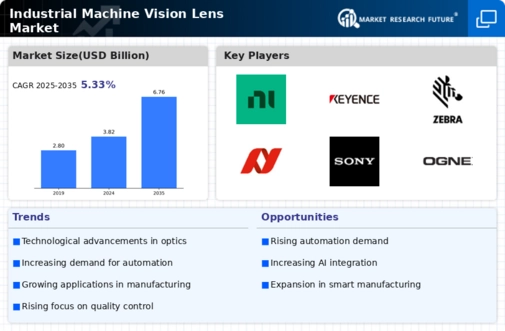
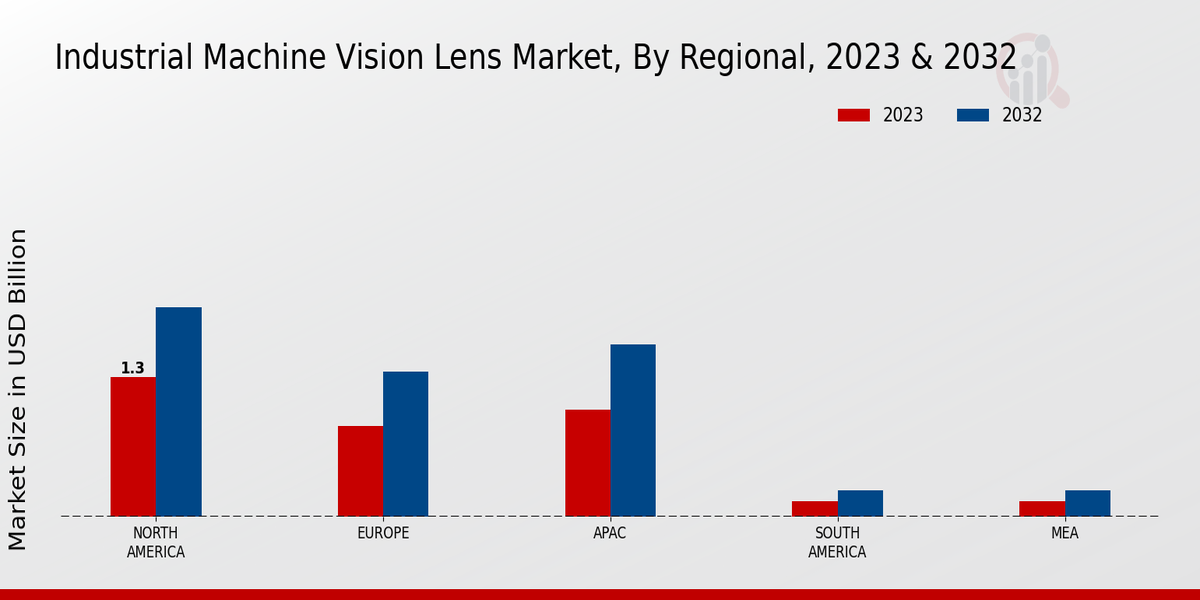


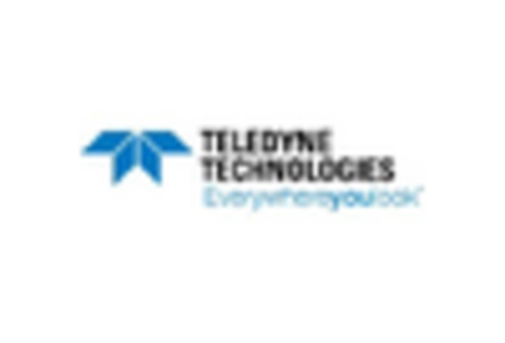
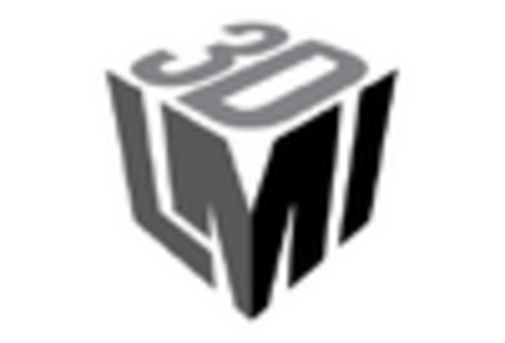

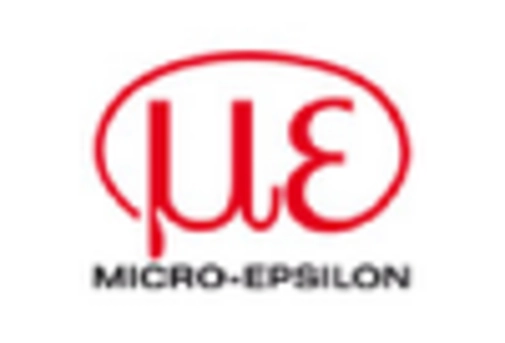
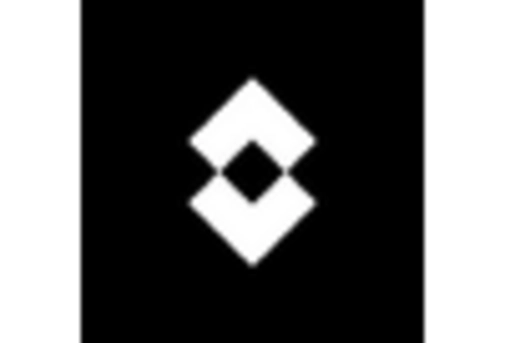













Leave a Comment